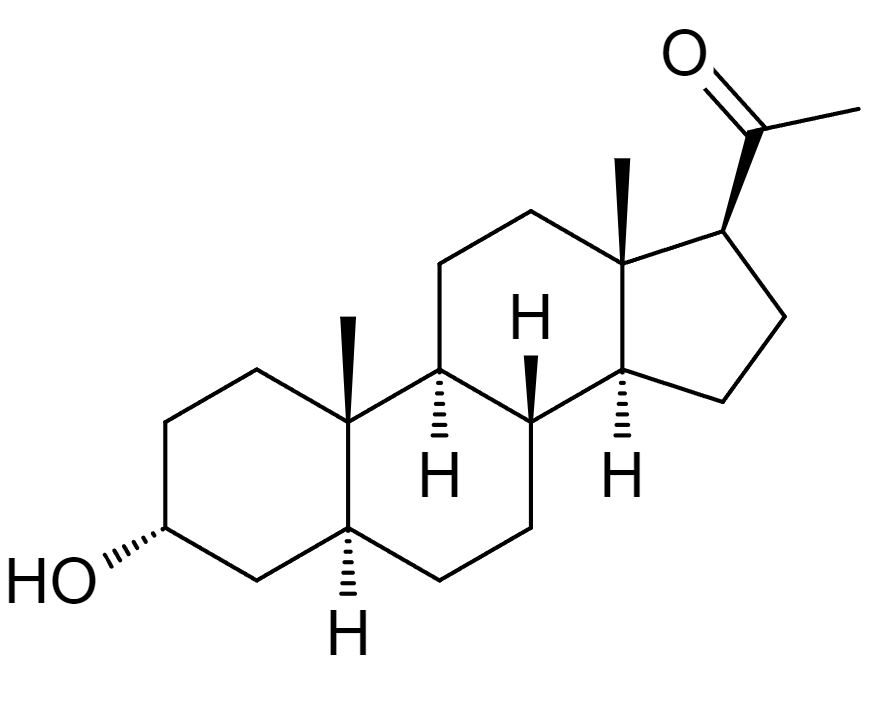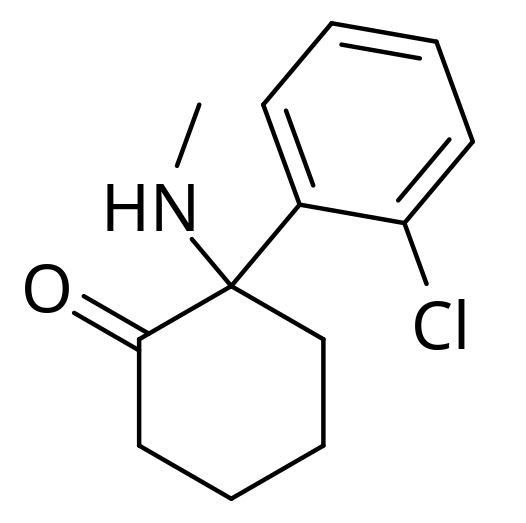Antidepressants encompass several classes of medications and are used to treat individuals with depression, anxiety Anxiety Feelings or emotions of dread, apprehension, and impending disaster but not disabling as with anxiety disorders. Generalized Anxiety Disorder, and other psychiatric conditions, as well as to manage chronic pain Chronic pain Aching sensation that persists for more than a few months. It may or may not be associated with trauma or disease, and may persist after the initial injury has healed. Its localization, character, and timing are more vague than with acute pain. Pain Management and menopausal symptoms. Bupropion is an atypical antidepressant Antidepressant Antidepressants encompass several drug classes and are used to treat individuals with depression, anxiety, and psychiatric conditions, as well as those with chronic pain and symptoms of menopause. Antidepressants include selective serotonin reuptake inhibitors (SSRIs), serotonin-norepinephrine reuptake inhibitors (SNRIs), and many other drugs in a class of their own. Serotonin Reuptake Inhibitors and Similar Antidepressants that acts by increasing neurotransmitter levels and alleviates the symptoms of depression. Brexanolone is a neurosteroid mainly used for the management of postpartum depression Postpartum depression Depression in postpartum women, usually within four weeks after giving birth (parturition). The degree of depression ranges from mild transient depression to neurotic or psychotic depressive disorders. Postpartum Psychiatric Disorders.
Last updated: Sep 1, 2022
Norepinephrine Norepinephrine Precursor of epinephrine that is secreted by the adrenal medulla and is a widespread central and autonomic neurotransmitter. Norepinephrine is the principal transmitter of most postganglionic sympathetic fibers, and of the diffuse projection system in the brain that arises from the locus ceruleus. Receptors and Neurotransmitters of the CNS dopamine Dopamine One of the catecholamine neurotransmitters in the brain. It is derived from tyrosine and is the precursor to norepinephrine and epinephrine. Dopamine is a major transmitter in the extrapyramidal system of the brain, and important in regulating movement. Receptors and Neurotransmitters of the CNS reuptake inhibitor (NDRI):

Chemical structure of brexanolone
Image: “Allopregnanolone” by Ed. License: Public DomainBrexanolone is indicated in postpartum depression Postpartum depression Depression in postpartum women, usually within four weeks after giving birth (parturition). The degree of depression ranges from mild transient depression to neurotic or psychotic depressive disorders. Postpartum Psychiatric Disorders.

Chemical structure of ketamine
Image: “Ketamine2DCSD” by Brenton. License: Public Domain